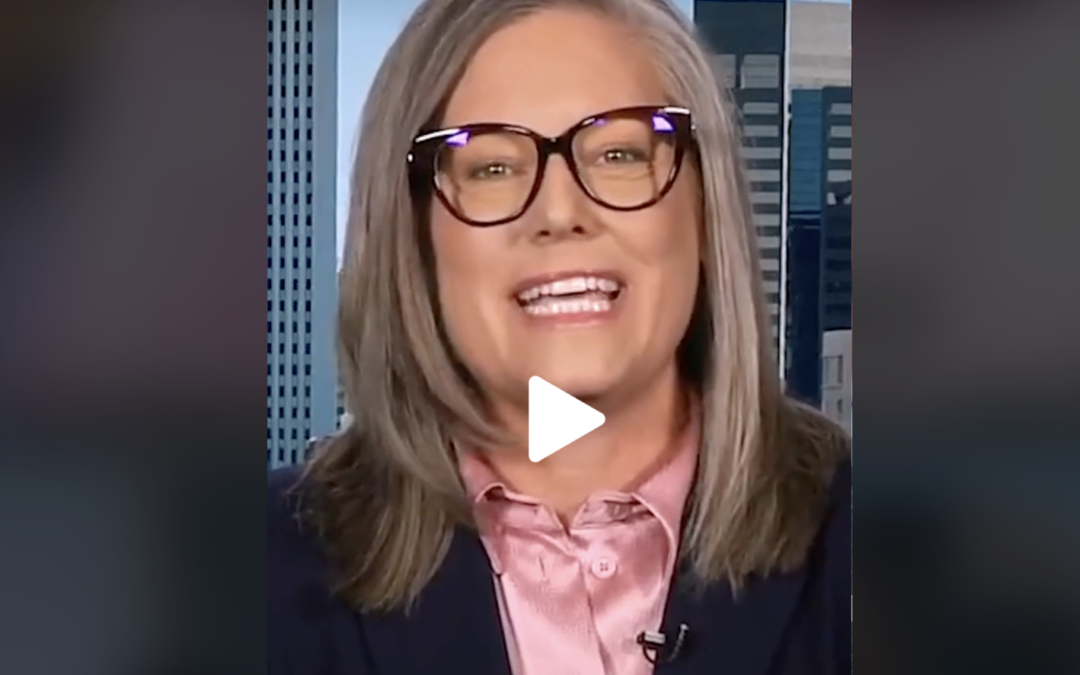
In 2018, 28 million American adults did not have coverage, and one in five went without needed medical care due to cost.
The coronavirus is now all but certain to spread throughout the United States, and communities, schools, and businesses should prepare for an increase in cases, according to health officials with the Centers for Disease Control and Prevention (CDC).
The virus, which has now been confirmed in every continent except Antarctica, has sickened more than 81,900 people in at least 40 countries and killed at least 2,770. The vast majority of confirmed cases and all but 55 of the deaths have occurred in mainland China, but Tuesday’s warnings from the CDC come after the total number of sick people outside of China surged over the weekend, with Iran, Italy, and South Korea all seeing spikes in cases.
The spread of the outbreak has prompted CDC officials to acknowledge that it’s likely to gain more of a foothold in the United States. As of Wednesday morning, 57 Americans had been diagnosed with the disease.
“It’s not so much of a question of if this will happen anymore but rather more of a question of exactly when this will happen and how many people in this country will have severe illness,” Dr. Nancy Messonnier, director of the National Center for Immunization and Respiratory Diseases, said in a briefing.
Dr. Messonnier wasn’t certain how severe the spread of the virus would be, but advised Americans to be prepared for significant disruptions to daily life. “We are asking the American public to prepare for the expectation that this might be bad,” she said.
If the CDC’s prediction proves true and there is an outbreak in the U.S., its spread could be accelerated by the nation’s current health insurance system. Wendell Potter, a former insurance executive turned Medicare for All advocate, believes that many Americans would forego seeking care because they are uninsured.
“We have millions of people who are uninsured who are concerned obviously about the cost of health care and in my view would be reluctant to seek the care that they need,” Potter told COURIER.
There were about 28 million uninsured non-elderly adults in the United States in 2018 and one in five went without needed medical care due to cost, according to the Kaiser Family Foundation. Uninsured non-elderly adults are also more than twice as likely as their insured counterparts to have had problems paying medical bills in the past 12 months.
The Daily Beast explored what could happen to uninsured people in a coronavirus outbreak, ultimately describing such an event as having a “uniquely American potential for disaster.”
Potter believes many of these uninsured individuals would be reluctant to see a healthcare provider if they felt sick—even during a coronavirus outbreak. He also believes that even millions of Americans with insurance might hesitate to seek treatment because their plans cover so little.
“There’s this fear that people have—if they get sick—of going to the ER or seeking care because the first thing they often think about is ‘How am I going to pay for this?’ It’s just an absurd and very scary proposition when you’ve got something like a potential pandemic.”
“I think we’re at great risk here because we’re already seeing that with high deductible plans, people are not going to get the care that they need,” Potter said. “There’s this fear that people have—if they get sick—of going to the ER or seeking care because the first thing they often think about is ‘How am I going to pay for this?’ It’s just an absurd and very scary proposition when you’ve got something like a potential pandemic.”
An estimated 44 million Americans were underinsured in 2018 because of high out-of-pocket costs and deductibles, according to a 2019 study by the Commonwealth Institute.
The story of Miami resident Osmel Martinez Azcue underscores what could happen to those Americans if coronavirus spreads in the U.S. Azcue, whose story was first reported by The Miami Herald, developed flu-like symptoms after returning from a trip to China. Worried that he might have contracted coronavirus, he went to Jackson Memorial Hospital in Miami, where he was placed in isolation.
Azcue first asked for a flu test to try to limit his out-of-pocket costs. He was quickly diagnosed with the traditional flu and discharged, but two weeks later, he received a claim for $3,270 from his insurance company. Hospital officials told the Miami Herald that Azcue should only be responsible for $1,400, but Azcue said his insurer was requiring he provide three years of medical records to prove he didn’t contract the flu because of a pre-existing condition.
This sort of surprise billing is exceedingly common, and Potter believes it could cause some Americans to think twice about seeking care, even if they fear they have coronavirus.
“People are becoming very aware of surprise bills and know that a trip to the ER might result in a large bill because ER doctors are among those that often are not in network,” Potter said. “So if you go to a hospital and are treated and admitted, you may get a surprise bill that you probably can’t afford.”
But wait, there’s more
America’s health insurance system isn’t the only reason a coronavirus outbreak could cause substantial harm. Over the past decade, funding for the CDC decreased by 10%, after adjusting for inflation, according to a 2019 report from the Trust for America’s Health, a nonpartisan public health advocacy group. The same report found that the nation’s public health efforts are underfunded by $4.5 billion.
These numbers could get even higher if the current administration has its way. President Trump’s proposed budget for fiscal year 2021—which was released just two weeks ago in the midst of the global coronavirus outbreak—includes a 9% reduction in funding for the Department of Health and Human Services (DHHS), which is the CDC’s parent agency.
The CDC itself would also suffer a 9% budget cut, losing nearly $700 million in funding, while The National Institutes of Health, the largest biomedical research agency in the world, would lose $3 billion (7%) of its funding under Trump’s plan.
The administration also proposed budget cuts for the U.S. Agency for International Development, or USAID, and wants to reduce funding to the World Health Organization by 53% and to the Pan American Health Organization by 75%. All told, the administration wants to make $3 billion in cuts to global health programs.
Potter believes these proposals show the Trump administration has “no respect” for public health and “no understanding of how important it is.” The consequences of the nation’s chronic underfunding of public health are likely to become clear, he added, if coronavirus spreads throughout the U.S.
“There’s every good reason to believe there will be more cases in this country and it could be a real problem. It will become pretty apparent that our infrastructure in public health has just been underfunded for a long time,” Potter said. “And with the Trump administration’s cutting funds for CDC, a very compelling case could be made that they will have some blame.”
Other critics have also pointed out that the federal government’s own policies and actions have hurt its ability to respond to coronavirus. These actions include disbanding the National Security Council’s pandemic response unit, the global health security team charged with leading the U.S. Response in the event of a deadly pandemic.
The administration has also been slow to respond to the outbreak in real time, with the president downplaying the severity of the virus for most of February.
“The Virus, they’re working hard, it looks like by April, you know, in theory, when it gets a little warmer, it miraculously goes away. I hope that’s true. But we’re doing great in our country,” Trump told supporters during a Feb. 10 campaign rally in New Hampshire. “I think it’s going to work out good.”
Federal officials finally ramped up their response in the aftermath of Monday’s stock sell-off on Wall Street, asking Congress for $1.25 in billion emergency funding. The administration also wants to transfer $535 million more from an Ebola preparedness account and anticipates moving money from other DHHS accounts and agencies. Those transfers include taking $37.4 million from the Low Income Home Energy Assistance program, $12.3 million from the National Cancer Institute, $7.5 million from the Centers for Medicare and Medicaid Services program management, and $7.3 million from the National Institute on Aging.
In total, the administration currently aims to spend $2.5 billion on its response.
What happens next is unclear. The World Health Organization has said the coronavirus outbreak is not yet a pandemic, but has the potential to become one unless countries work together to deal with its spread. If coronavirus does become a pandemic, Harvard epidemiologist Marc Lipsitch estimates that 40 to 70% of the human population could be infected, though not all of those people would get sick.
While regions like the Middle East are less prepared and more vulnerable for a potential pandemic, the United States is also at risk.
“I think we’re very vulnerable because of the way we spend money on health care and the fact that so many people are uninsured and underinsured,” Potter said. “We just in so many ways are not prepared or equipped for a real epidemic.”
Politics

The Civil War raged and fortune-seekers hunted for gold. This era produced Arizona’s abortion ban
Arizona's 1864 code elaborately describes restrictions on duels, ruling any person involved in the fighting of a duel would be imprisoned for one to...

VIDEO: Arizona Gov. Katie Hobbs calls 1864 abortion ban ‘absolutely outrageous’ on ‘The View’
@coppercourier Former President Donald Trump and US Senate candidate Kari Lake have both attempted to cover up their support for total abortion bans...
Local News

Trump says he’s pro-worker. His record says otherwise.
During his time on the campaign trail, Donald Trump has sought to refashion his record and image as being a pro-worker candidate—one that wants to...

VIDEO: Hundreds show up in Scottsdale to support reproductive rights
@coppercourier Days after the Arizona Supreme Court ruled to enforce a long-dormant law that bans nearly all abortions, hundreds took part in a...




